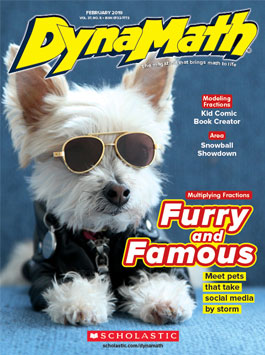As a teacher, it seems like there’s never enough time to cover curriculum content and still get to relevant research projects. That’s why I love using content as a review or check for mastery.
One year my students begged me to do a black history research project. But since we were departmentalized and I only taught math, I had to be creative in terms of how to include research. Thus, the Black History Timeline project was born!
Here’s how I developed an elementary math lesson that any teacher can use.



